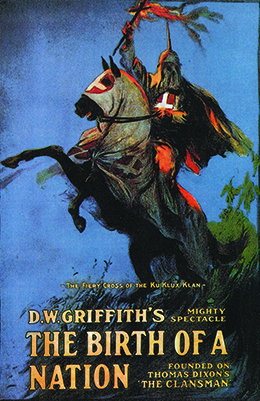| << Chapter < Page | Chapter >> Page > |
One of the most articulate critics of the trial was then-Harvard Law School professor Felix Frankfurter, who would go on to be appointed to the U.S. Supreme Court by Franklin D. Roosevelt in 1939. In 1927, six years after the trial, he wrote in The Atlantic , “By systematic exploitation of the defendants’ alien blood, their imperfect knowledge of English, their unpopular social views, and their opposition to the war, the District Attorney invoked against them a riot of political passion and patriotic sentiment; and the trial judge connived at—one had almost written, cooperated in—the process.”
To “preserve the ideal of American homogeneity,” the Emergency Immigration Act of 1921 introduced numerical limits on European immigration for the first time in U.S. history. These limits were based on a quota system that restricted annual immigration from any given country to 3 percent of the residents from that same country as counted in the 1910 census. The National Origins Act of 1924 went even further, lowering the level to 2 percent of the 1890 census, significantly reducing the share of eligible southern and eastern Europeans, since they had only begun to arrive in the United States in large numbers in the 1890s. Although New York congressmen Fiorello LaGuardia and Emanuel Celler spoke out against the act, there was minimal opposition in Congress, and both labor unions and the Ku Klux Klan supported the bill. When President Coolidge signed it into law, he declared, “America must be kept American.”

The Library of Congress’s immigration collection contains information on different immigrant groups, the timelines of their immigration, maps of their settlement routes, and the reasons they came. Click the images on the left navigation bar to learn about each group.
The concern that a white, Protestant, Anglo-Saxon United States was under siege by throngs of undesirables was not exclusively directed at foreigners. The sense that the country was also facing a threat from within its borders and its own citizenry was also prevalent. This sense was clearly reflected in the popularity of the 1915 motion picture, D. W. Griffith’s The Birth of a Nation ( [link] ). Based on The Clansman , a 1915 novel by Thomas Dixon, the film offers a racist, white-centric view of the Reconstruction Era. The film depicts noble white southerners made helpless by northern carpetbaggers who empower freed slaves to abuse white men and violate women. The heroes of the film were the Ku Klux Klan, who saved the whites, the South, and the nation. While the film was reviled by many African Americans and the NAACP for its historical inaccuracies and its maligning of freed slaves, it was celebrated by many whites who accepted the historical revisionism as an accurate portrayal of Reconstruction Era oppression. After viewing the film, President Wilson reportedly remarked, “It is like writing history with lightning, and my only regret is that it is all so terribly true.”


Notification Switch
Would you like to follow the 'U.s. history' conversation and receive update notifications?